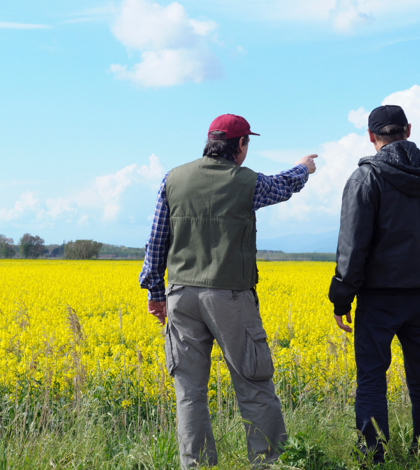Cal State Fresno just completed a study that focuses on the California drought in the Central Valley. According to researchers, they wanted to take a deeper look at how the severe drought impacted the San Joaquin Valley specifically; they say most drought studies focus on the state as a whole.
“The story of the San Joaquin Valley has largely gone untold,” said Dr. Gil Harootunian, director of University Initiatives and editor of the report. “The San Joaquin Valley has perhaps been included as one chapter within the history of the State of California. This report makes our region a focus of the national conversation on the drought.”
When completing their study, researchers focused on four main areas:
- The impact of the elevated cost of pumping water from aquifers on the agricultural revenue.
- The economic impact, specifically on the San Joaquin Valley’s disadvantaged communities. To be a member of a disadvantaged community, median household incomes had to be below $48,706.
- The factors that contribute to residential water consumption and how that should be included in water policy and planning.
- The public health implications from diseases.
Economics:
The amount of agricultural losses in the San Joaquin Valley depends on the amount of annual precipitation. Revenue losses range in $2.564 billion to $3.35 billion per year.
Although the unemployment rate is declining in the San Joaquin Valley, the hourly wage has dropped and farm workers are seeing lower annual wages, in part because they’re working fewer days per year. This is especially true in disadvantaged areas that depend heavily on the agricultural industry. In addition, the price of food as increased during years of drought, meaning less disposable income for residents.
Water Consumption:
One of the biggest challenges the San Joaquin Valley faces is water security. Because the population in the Valley increased by 20 percent from 2000-2010, the need for water increased as well. Improving residential water use and efficiency is vital for other potential long-term droughts.
Public Health:
During times of drought, Coccidioidomycosis (Valley Fever) increases exponentially. According to the study, Valley Fever increased in California by 67.7 percent from 2009 to 2012, with the San Joaquin Valley being one of the major epicenters of the disease. West Nile Virus and Campylobacteriosis (Diarrheal Illness) also increase.
Because the drought plays a significant role in environmental issues, we see an increase in infection diseases, chronic diseases and vector-borne diseases. These diseases have to do with sanitation, hygiene, whether or not we’re receiving adequate food and nutrition, and the quality of our air and water.
Recommendations:
Based on all of their findings, researchers believe there should be discussions about water allocations across the state. They would also like to see an increase in funding for water education and technology. In addition, they want residents educated on how to use water for multiple purposes instead of single use.
 California Water News Daily Your Source For Water News in California
California Water News Daily Your Source For Water News in California


